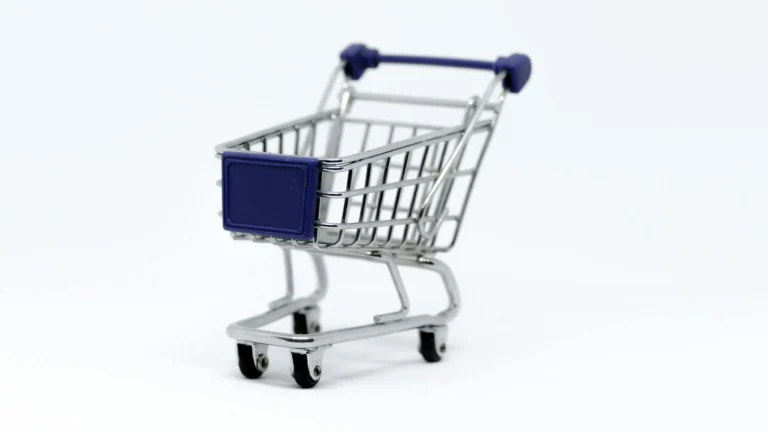15 Essential Security Measures for Your WooCommerce Store
Bulletproof Your WooCommerce Store
In today’s digital landscape, securing your WooCommerce WordPress website is more crucial than ever. As an e-commerce platform, your site handles sensitive customer data and financial transactions, making it an attractive target for cybercriminals. This comprehensive guide will walk you through essential security measures to protect your WooCommerce store and ensure your customers’ trust.
1. Choose a Secure Hosting Environment
The foundation of your website’s security starts with your hosting provider. For WooCommerce sites:
- Avoid shared hosting at all costs. This is rule number one for e-commerce security.
- Choose managed WordPress hosting providers like WPEngine, SiteGround, or Cloudways.
- Ensure your hosting provider has IT security certifications (ISO27000, PCI DSS, etc.).
- Opt for a Linux host hardened to CIS benchmark standards, including:
- Changed SSH port
- No remote root login
- No remote password authentication
- Enable AppArmor or SELinux on your Linux server for additional protection.
2. Implement Server-Level Security
Enhance your server’s security with these measures:
- Install and configure a Web Application Firewall (WAF) like ModSecurity with OWASP rules.
- Set up Fail2Ban to protect against brute-force attacks.
- Configure UFW (Uncomplicated Firewall) to control incoming and outgoing traffic.
- Use inotify or similar tools to monitor critical OS files for modifications.
- Conduct daily security scans and set up email reporting for any findings.
3. Secure Your WordPress Installation
Protect your WordPress core and WooCommerce installation:
- Keep WordPress core, WooCommerce, and all plugins and themes updated.
- Use reputable security plugins like WPArmour Pro, Sucuri, or WordFence.
- Implement strong password policies for all user accounts.
- Add two-factor authentication (2FA), especially for high-privilege accounts.
- Limit login attempts and use CAPTCHA to prevent brute-force attacks.
- Force HTTPS redirects for all traffic.
4. Enhance Network Security
Protect your store at the network level:
- Enable DDoS protection. If using Cloudflare, ensure your DNS zone doesn’t have unnecessary pass-through records.
- Use a trusted DNS provider for outgoing connections (payments, email) from your server.
- Regularly monitor and update your SSL certificate. Set up alerts for expiration.
5. Implement Rigorous Backup Procedures
Protect your data with a comprehensive backup strategy:
- Perform regular, automated backups of your entire WooCommerce store.
- Store backups off-site and ensure they’re encrypted.
- Test your backup restoration process regularly to ensure it works when needed.
6. Conduct Regular Security Audits
Stay proactive with your security measures:
- Run weekly external security scans of your website.
- Use tools like Patchstack to stay informed about plugin vulnerabilities and security alerts.
- Promptly update and patch all critical vulnerabilities (Linux, Apache/Nginx/DB, WordPress + Plugins).
7. Practice Safe Administration
Protect your administrative access:
- Use a separate browser or virtual machine when accessing your store as an admin.
- Implement IP restrictions for admin access when possible.
- Regularly review and audit user permissions, removing unnecessary access.
8. Educate Your Team
Ensure all team members understand and follow security best practices:
- Provide regular training on security protocols and best practices.
- Establish clear guidelines for password management and account security.
- Create an incident response plan and ensure all team members know their roles.
9. Secure Your Development Process
Incorporate security into your development workflow:
- Use a staging site to test all updates before applying them to your live store.
- Implement version control for your custom code and configurations.
- Conduct regular code reviews with a focus on security.
10. Monitor and Log Activities
Keep a close eye on your store’s activities:
- Implement comprehensive logging for all critical actions on your site.
- Regularly review logs for suspicious activities.
- Set up alerts for unusual patterns or potential security threats.
By implementing these security measures, you’ll significantly enhance the protection of your WooCommerce WordPress website. Remember, security is an ongoing process, so stay vigilant and keep your security measures up to date.
For more detailed information on WordPress and WooCommerce security, explore these resources:
- WooCommerce’s Official Security Guide
- WordPress Codex on Hardening WordPress
- OWASP’s Web Security Testing Guide
By following these best practices and staying informed about the latest security trends, you can create a robust defense for your WooCommerce store, protecting both your business and your customers.



